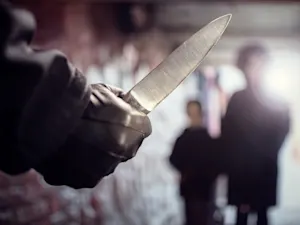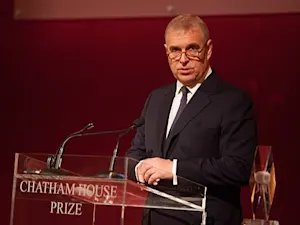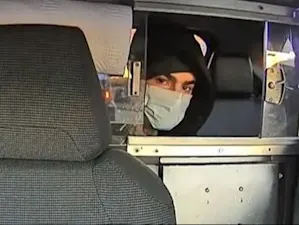
Inside the Legendary $6M Lufthansa Heist
Lufthansa Airbus A320-211 at Munich Airport. Photo courtesy of Julian Herzog via Wikimedia Commons.
In the early hours of Dec. 11, 1978, a group of armed men executed what would become one of the most infamous robberies in U.S. history — the Lufthansa heist. With precision and careful planning, these criminals made off with $5.8 million in cash and jewels from a cargo building at John F. Kennedy International Airport in New York City. At the time, it was the largest cash theft in American history, and the story that followed is as chilling as it is interesting.
Breaking Into JFK's Vault
The mastermind behind the Lufthansa heist was James "Jimmy the Gent" Burke, a well-known gangster associated with the Lucchese crime family. The plan was set into motion by Louis Werner, a Lufthansa cargo agent who was deeply in debt due to his gambling habits. Werner knew that large sums of untraceable cash were stored in the airline's vault, flown in regularly from Germany. With this inside information, Werner suggested the idea of a heist to his bookmaker, Martin Krugman, who then passed the tip to Burke.
On the day of the robbery, a team of six masked men arrived at the Lufthansa cargo building around 3 a.m. Armed and ready, they quickly subdued the employees, herding them into a break room and handcuffing them to keep them out of the way. Under the direction of a supervisor, whom they forced to cooperate, the thieves opened the vault and loaded the loot — cash and jewels worth millions — into their getaway van.
In just 64 minutes, the robbers had pulled off what seemed to be the perfect crime. The gang drove the loot to an auto shop in Brooklyn, where it was transferred to other vehicles, ensuring their escape would go unnoticed. The heist was clean, efficient, and, at first glance, successful beyond anyone's wildest dreams.
The Bloody Fallout
However, the euphoria of pulling off such a grand heist didn't last long. The operation's downfall began when Parnell "Stacks" Edwards, the driver responsible for disposing of the getaway van, failed to do so. Instead of having the van compacted at a junkyard, Edwards parked it on a Brooklyn street, where it was quickly discovered by the police. The van contained valuable fingerprints, giving the authorities their first real lead in the case.
Fearing that loose ends could lead back to him, Burke began a brutal campaign to silence anyone who might have knowledge of the heist. Edwards was the first to go, shot in the head for his carelessness. But Burke's paranoia didn't stop there. Over the next several months, more bodies began to pile up. Martin Krugman, who had introduced the idea to Burke, was killed after he complained too much about his share of the loot. Other members of the gang, as well as those who helped launder the stolen money, met similar fates — most were shot execution-style, their bodies either hidden or left as grim warnings to others.
Dead Ends and Dark Secrets
Despite the trail of bodies and a decades-long investigation, the authorities struggled to bring the criminals to justice. The stolen cash and jewels were never recovered, and most of the participants in the heist either disappeared or were murdered before they could be brought to trial.
Werner, the insider who initiated the heist, was the only person ever convicted in connection with the crime. He was sentenced to 15 years in prison in 1979. Burke, while never convicted for his role in the heist, was eventually imprisoned for other crimes and died behind bars in 1996.
The story of the Lufthansa heist captivated the public and inspired numerous books, documentaries, and even a feature film — Martin Scorsese's "Goodfellas." This heist, often dubbed the "Crime of the Century," remains a symbol of both the dangers of organized crime.
The Legacy of The Lufthansa Heist
The Lufthansa heist is more than just a tale of a high-stakes robbery — it's a reminder of the ruthlessness that often accompanies such criminal enterprises. What began as a meticulously planned heist turned into a bloodbath, illustrating that in the world of organized crime, betrayal, and violence are never far behind. The heist may have made headlines for its audacity, but it's the aftermath — the fear, the murders, and the lasting mystery — that continues to haunt those who remember it.
References: How the 1978 Lufthansa Heist Led to a Trail of Dead Bodies | Lufthansa heist























